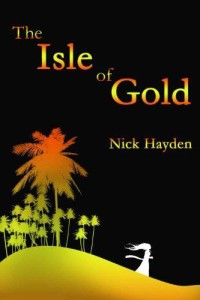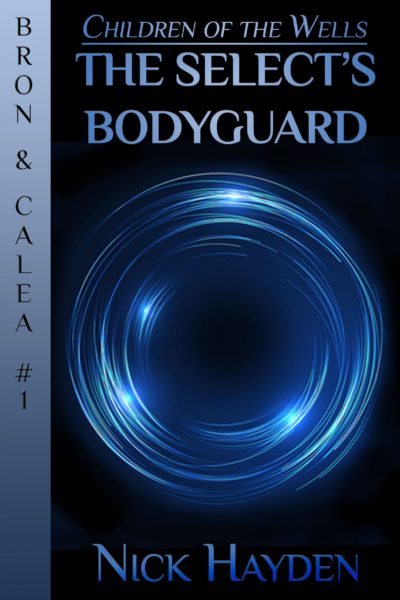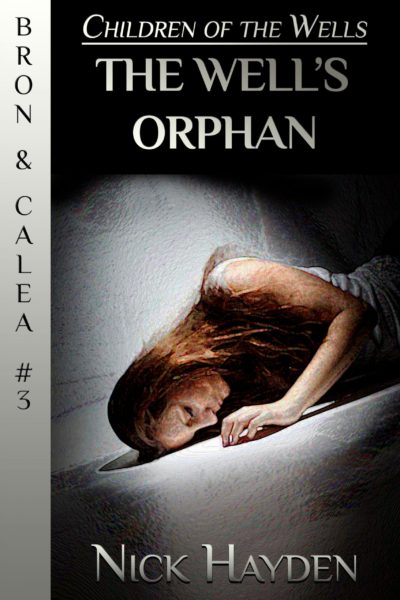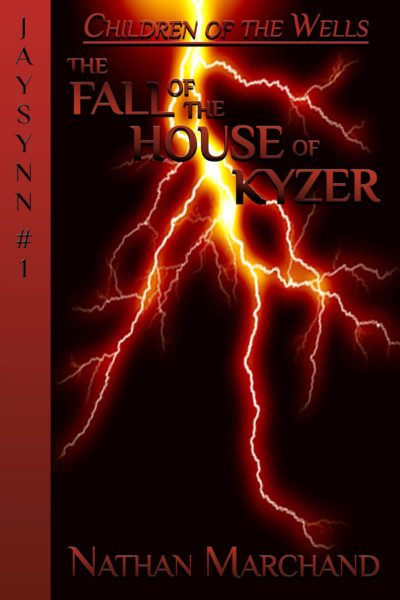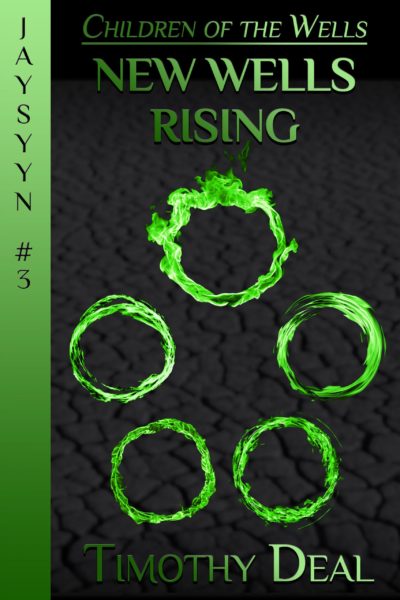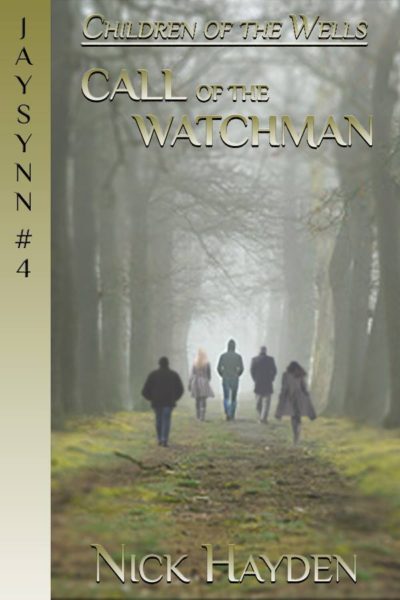By Greg Meyer
March 14, 2014
When I found out that this month’s theme was Good Reads, I decided to take a look back at one of my most cherished fiction worlds: the late Brian Jacques’ Redwall series. When Brian sadly passed away a little over four years ago, he left readers with a whopping twenty-two books in his beloved series, a true testament to his deft skills as a teller of tales.
The books tell the tales of a world full of talking animals going on fantastic and dangerous adventures, singing humorous ditties and barrack room ballads, and devouring delicious and mouthwatering feasts. Every story in the Redwall series focuses on the events concerning Redwall Abbey, a sanctuary for beasts that live around Mossflower Country. Mice, squirrels, otters, hedgehogs, hares, shrews, and badgers live in harmony together and stand up against the injustice performed by vermin such as crafty foxes, rotten rats, and sneaky stoats and ferrets. Heroes are born, villains lay siege, weapons clash, and good beasts fall, all in the name to protect the Abbey from the clutches of evil.
Whenever people talk about the Redwall series, they usually talk about the first book—Redwall. Now, Redwall is a great book. In fact, if you’ve never tried Redwall, but would like to get into the series, I’d recommend you read it first. But when all discussion focuses on the first two or three tales on the series, the rest languish in the shadows. Well, not today!
Here’s a secret: you can jump into almost any of the books without worry about losing the overall story. Many of the books are self-contained, with only a few that have suggested prerequisites. While my choice does have a preceding book that you should probably read (Mossflower), I’m still going through with my recommendation. That book is The Outcast of Redwall the eighth Tale of Redwall, and one of my personal favorites.
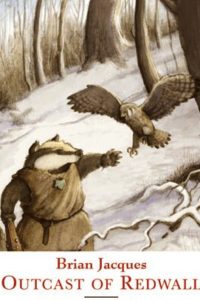
Sunflash & Skarlath photo from Redwall.wikia.com
“Each of us is born to follow a star, be it bright and shining or dark and fated. Sometimes the paths of these stars will cross, bringing love or hatred.” – Rillbrook the Wanderer, in the opening to The Outcast of Redwall.
Thus begins the epic tale of The Outcast of Redwall. Just as the narrator intones, the paths of a young badger with a golden stripe and a cruel six-clawed ferret named Swartt Sixclaw cross and entwined until one can defeat the other. Swartt has cruelly bound and enslaved the badger, whom he calls Scumtripe, for as long as the badger remembers. He once had a different name, a home, and loving parents, but they’re just a dream at this point. The badger isn’t an amnesiac, but like us, we forget who we are sometimes in terrible trials.
But not is all lost, for a wayward young hawk named Skarlath crashes near Swartt’s camp, half frozen to death from a snowstorm. The ferret has Scumtripe guard the hawk for his morning breakfast, but the desperate badger has other plans. Scumtripe revives Skarlath from his frozen condition and Skarlath in turn frees the badger from his long constraining bonds. Taking a massive limb from a tree, the badger fashions it into a mighty mace and seeks his revenge upon the camp of his mocking captors, slaying some and ruining the left paw of Swartt Sixclaw. The badger and ferret swear oaths to one day kill each other before the badger and Skarlath make their escape. Skarlath and the badger become the dearest of friends, with Skarlath christening the badger with a new name— Sunflash the Mace!
Sunflash and Skarlath spend the next few seasons gaining a name for themselves, defending the weak beasts of Mossflower country and scattering vermin wherever they go. After a near-death experience, Sunflash dreams of his family and accepts his destiny to rule the mighty mountain fortress of Salamandastron. But Swartt Sixclaw isn’t twiddling his claws waiting for Sunflash; he’s busy gathering an army of vermin and becoming a powerful warlord. Sunflash and Swartt haven’t forgotten each other, and the day will come when the two meet for the final time in the field of battle and blood.
Caught in the middle of this conflict are two beasts at Redwall Abbey. Swartt’s infant son Veil was lost in a failed battle in the woods of Mossflower and taken to Redwall to be raised by the peaceful beasts of the Abbey. There, the young mousemaid Bryony decides to adopt the infant as her son, loving him as if he was her own. But as the lad grows, Veil becomes more and more like his father, stealing and lying to others, despite Bryony’s attempts to steer him in the right direction.
When Veil is caught trying to poison one of the Abbey beasts, the brothers and sisters of Redwall choose to banish Veil, making him the titular “Outcast of Redwall.” But a mother’s love is not easily broken, and Bryony follows after her son, and the two head straight towards the final deadly conflict between Sunflash the Mace and Swartt Sixclaw.

Veil Sixclaw photo from Redwall.wikia.com
What makes Outcast of Redwall one of my favorite books in the series is that the story follows Sunflash’s journey from his life as a slave to him taking his rightful place as Badger Lord of Salamandastron. Almost all of the Redwall books take place over a season or two, giving the reader only a small window of time for the book’s cast. However, The Outcast of Redwall acts more like a chronicle of the lives of Sunflash and Swartt Sixclaw, detailing their differing rise in power. Normally, Redwall villains are at the height of their power when they first appear. Instead, Swartt experiences a type of villain’s journey, going from a small time rover to the leader of a vermin army.
Sunflash makes for an interesting hero as well. The badger is headstrong, almost single-minded in his quest for vengeance against the ferret. This leads to moments where Sunflash makes poor decisions, endangering himself and causing others to come to his rescue. The young badger has a lot to learn, and we experience Sunflash’s triumphs and failures, his joys and his deep sorrow. Sunflash’s journey from Scumtripe to Badger Lord is an exciting and dramatic read, making it one of the very best tales in a series well known for its high adventure.
I first read Outcast back in 2010, already having read quite a few Redwall books during my first trip through the series. While I enjoyed all the books I had read up to that point, Outcast stuck with me, mainly due to Sunflash himself. Watching Sunflash rediscover who he is and travel headlong to his destiny struck a chord with me as I worked through discovering who I was as a writer. Likewise, Sunflash’s close friendship with Skarlath reminded me of the unbreakable friendships I had forged in my life, and the sacrifices we’ve made in helping each other. Though the roads of life can take us in opposite directions, those bonds remain strong through the mire and trials this life brings.
If you’re looking for a book to read during a stormy spring day, I can’t think of a better book than The Outcast of Redwall. So come with me to the land of fearless Badger Lords, bloodthirsty warlords, and tranquil Redwall Abbey and dive into the adventure today!
Eulalia!
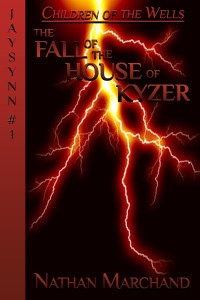 Last month, Timothy Deal revisited The Select’s Bodyguard, the first story in the Children of the Wells saga. This month, I’d like to revisit The Fall of the House of Kyzer by Nathan Marchand.
Last month, Timothy Deal revisited The Select’s Bodyguard, the first story in the Children of the Wells saga. This month, I’d like to revisit The Fall of the House of Kyzer by Nathan Marchand.

